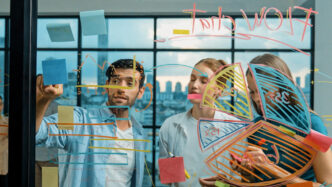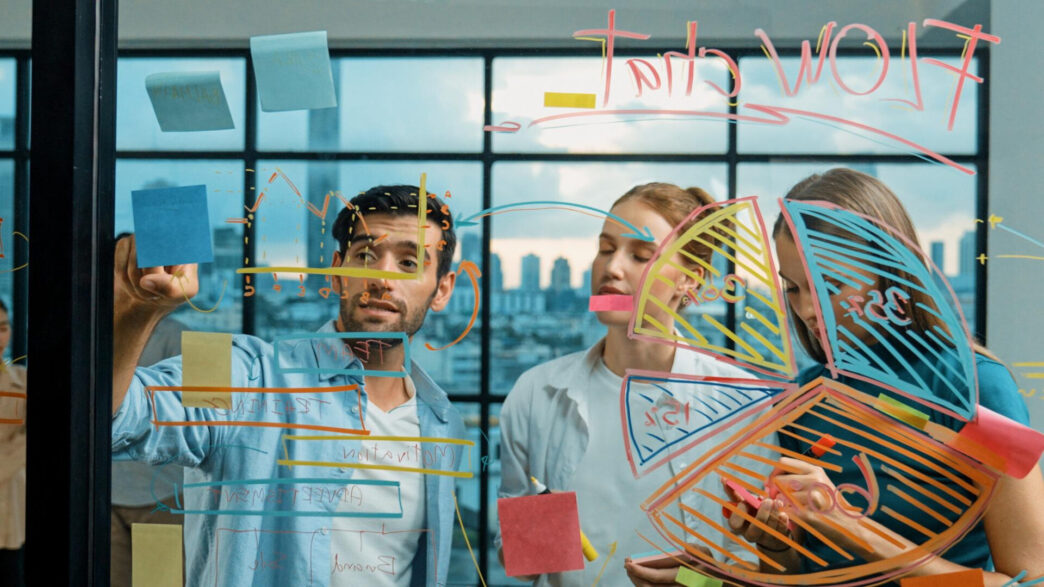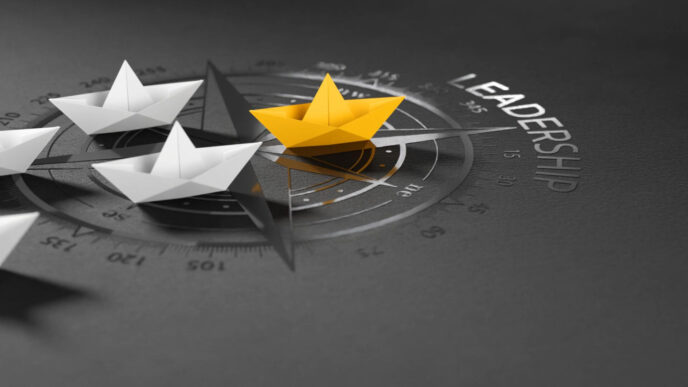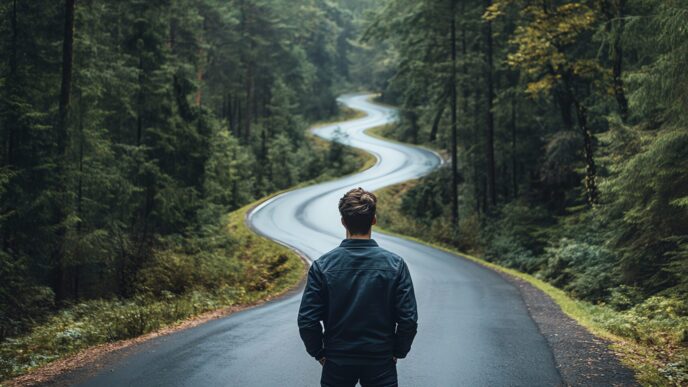Unlocking Your Creative Potential: Start Thinking Differently
What does it really mean to boost creative thinking? For many, the phrase brings to mind brainstorming sessions, colorful post-it notes, or artistic inspiration. But creative thinking is much broader—and more powerful—than that. It’s the key to innovation, adaptability, and problem-solving in every aspect of life, whether you’re launching a business, writing a novel, or navigating everyday challenges.
This article will guide you through a fresh and practical approach to unlocking your creativity by showing you how to think more creatively, break out of routine patterns, and explore unexpected sources of insight. If you’ve ever felt stuck, unoriginal, or creatively drained, you’re not alone—and you’re not out of options.
💭 Why You’re More Creative Than You Think
Creativity isn’t something you’re born with or without. It’s a cognitive skill that can be trained, strengthened, and refined—just like a muscle. By understanding the science of how ideas form and by applying targeted strategies, you can develop your ability to generate unique, impactful thoughts every single day.
In fact, some of the world’s most inventive thinkers use surprisingly simple methods to keep their creativity flowing. From micro-habits and reflection techniques to collaboration and even digital tools, there’s an entire toolbox at your disposal.
🚀 What You’ll Discover Inside
This is not a generic list of creativity tips. Instead, you’ll explore:
- Proven ways to boost creative thinking through real-life techniques
- Engaging creative thinking exercises you can try immediately
- How to tap into inspiration using non-traditional methods and environments
- Why unlocking your creativity starts with letting go of rigid thinking
- How to shift your mindset and challenge assumptions that hold you back
By the time you reach the end of this guide, you won’t just have new ideas—you’ll have a new way of thinking. Let’s begin with what might be holding your creativity back in the first place.
Breaking Mental Barriers
Understanding the Psychology of Creativity
Creativity isn’t just about coming up with new ideas—it’s about breaking free from habitual thinking patterns. Studies in neuroscience show that the brain thrives on novelty, but it is also wired for efficiency, meaning it often defaults to familiar solutions.
The key to unlocking creativity lies in shifting your cognitive patterns. Some psychological principles that influence creativity include:
- Neuroplasticity: The brain’s ability to form new neural connections and adapt. The more you challenge yourself with new experiences, the more creative you become.
- Cognitive Fixedness: A tendency to rely on familiar solutions instead of exploring alternatives. Recognizing and overcoming this bias is crucial for innovation.
- Divergent vs. Convergent Thinking: Divergent thinking generates multiple ideas, while convergent thinking narrows them down. Balancing both processes leads to creative breakthroughs.
Overcoming Fear of the Unknown
One of the biggest barriers to unconventional inspiration is fear—fear of failure, judgment, or stepping outside of comfort zones. However, some of the greatest creative minds in history embraced uncertainty:
✅ Albert Einstein: “The measure of intelligence is the ability to change.”
✅ Steve Jobs: “Creativity is just connecting things.”
✅ Salvador Dalí: “Have no fear of perfection—you’ll never reach it.”
To overcome fear:
- Reframe failure: View mistakes as experiments rather than setbacks.
- Adopt a “what if” mindset: Instead of saying, “This won’t work,” ask, “What if it did?”
- Embrace imperfection: Some of the best ideas arise from mistakes and randomness.
The Power of a Growth Mindset
Psychologist Carol Dweck introduced the concept of a growth mindset—the belief that intelligence and abilities can be developed through effort and persistence. A growth mindset is essential for creativity because it encourages risk-taking, experimentation, and resilience in the face of challenges.
Here’s how to shift from a fixed to a growth mindset:
| Fixed Mindset | Growth Mindset |
|---|---|
| “I’m not a creative person.” | “I can develop creativity through practice.” |
| “I failed, so I should stop trying.” | “Failure is part of the learning process.” |
| “I don’t have any new ideas.” | “I need to explore and expose myself to new things.” |
By breaking free from mental barriers, you open the door to unconventional inspiration. Now, let’s explore some unexpected sources of creativity that can transform your thinking.
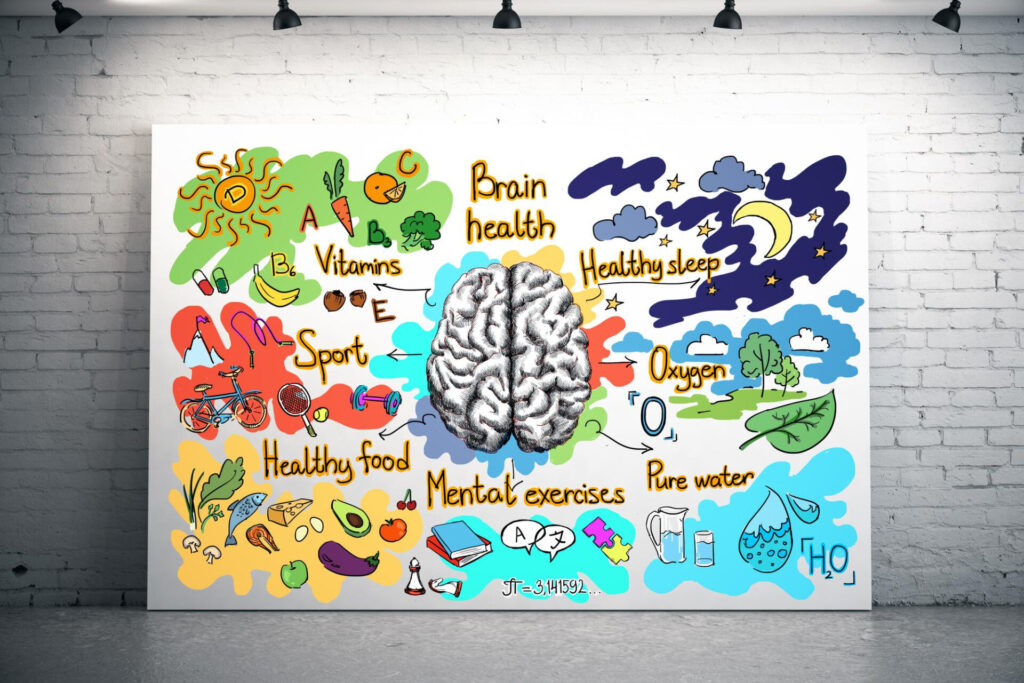
Unexpected Sources of Inspiration
Creativity doesn’t come from thin air—it thrives on exposure to new experiences, perspectives, and ideas. If you want to spark unconventional inspiration, you need to look beyond the usual sources. Instead of relying on predictable methods like brainstorming or structured problem-solving, explore the unexpected.
Exploring the Power of Nature and Travel
Nature is one of the most powerful catalysts for creativity. Many of history’s greatest minds—Einstein, Darwin, and Thoreau—found inspiration in the natural world. Why? Because nature provides:
✔️ Mental clarity – Reduces stress and improves cognitive function
✔️ Sensory stimulation – Engages all five senses, triggering new ideas
✔️ Unstructured patterns – Encourages nonlinear, intuitive thinking
How to use nature for inspiration:
- Take walks without distractions—leave your phone behind and observe the world around you.
- Study the patterns in nature—from the spirals of a seashell to the fractals in a leaf, nature’s designs can inspire everything from architecture to storytelling.
- Engage in forest bathing (Shinrin-yoku), a Japanese practice that enhances mindfulness and creativity.
Travel, on the other hand, disrupts your routine and exposes you to new ways of thinking. Immersing yourself in different cultures, landscapes, and environments broadens your mental horizons and sparks fresh ideas.
✅ Tip: Even if you can’t travel far, change your environment—visit a new café, work from a different location, or explore an unfamiliar part of your city.
How Randomness Fuels Innovation
One of the most overlooked sources of creativity is randomness. Our brains crave order, but some of the most groundbreaking ideas come from unexpected connections and serendipitous moments.
How to incorporate randomness into your creative process:
- Use random word association – Pick a random word and force yourself to relate it to your problem. This technique, called forced analogy, can generate surprising insights.
- Flip a coin or roll a die – Let chance dictate a creative decision to break habitual thinking.
- Change your routine – Alter your daily habits to introduce new stimuli. Take a different route to work, listen to unfamiliar music, or try a new hobby.
✅ Example: Google’s Gmail was developed during the company’s “20% time” policy, which allowed employees to explore passion projects. Random experimentation led to one of the most widely used email services in the world.
Learning from Unrelated Fields and Industries
True innovation often comes from cross-disciplinary thinking—applying ideas from one field to another. Many breakthroughs have occurred because someone borrowed concepts from an unrelated industry.
Famous examples of cross-industry inspiration:
- Velcro – Inspired by the way burrs stick to animal fur.
- The Wright Brothers’ airplane – Influenced by bird flight mechanics.
- Nike’s waffle sole – Came from a breakfast waffle maker.
How to apply this principle:
✔️ Read books and articles from industries unrelated to your own.
✔️ Attend events or watch TED Talks on topics you know nothing about.
✔️ Ask, “How would someone in a completely different profession solve this problem?”
The Influence of Art, Music, and Literature
Artistic disciplines fuel creativity by encouraging abstract thinking and emotional engagement. Exposure to different art forms can help you see patterns, connections, and perspectives you wouldn’t have considered otherwise.
✔️ Music and creativity – Studies show that certain types of music, like ambient or classical, can enhance divergent thinking. Experiment with different genres to see what stimulates your creativity.
✔️ Visual art as a thinking tool – Doodling, sketching, or even looking at abstract paintings can help generate new ideas.
✔️ Literature and storytelling – Reading fiction helps you step into different perspectives, strengthening imagination and problem-solving skills.
✅ Try This:
- Visit an art gallery and analyze how different pieces make you feel.
- Listen to music without lyrics while brainstorming.
- Read a book from a genre you don’t usually explore and find a way to apply its themes to your own life or work.
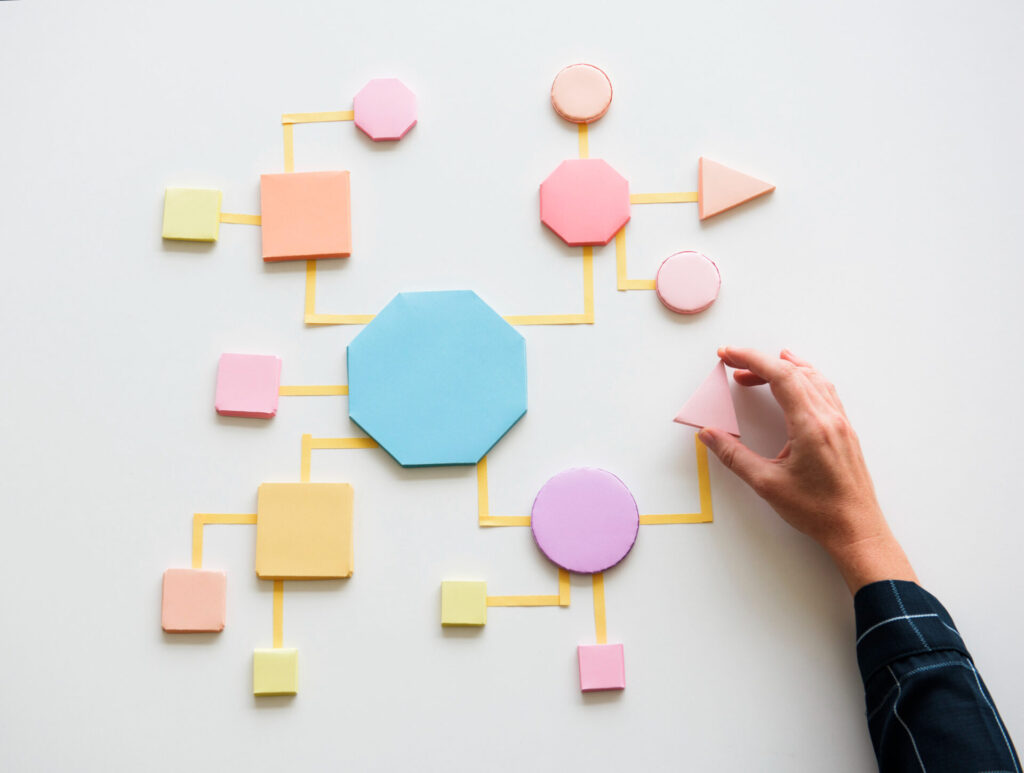
Techniques to Spark Unconventional Thinking
Now that we’ve explored unexpected sources of inspiration, it’s time to translate that inspiration into action. Creativity isn’t just about waiting for ideas to appear—it’s about using structured techniques to provoke original thought and break conventional patterns. Here are some powerful methods to help you generate unconventional ideas.
Lateral Thinking: How to Approach Problems Differently
Lateral thinking, a term popularized by Edward de Bono, is the process of solving problems through an indirect and creative approach rather than straightforward logic. It challenges traditional thinking patterns and encourages novel solutions.
✔️ Example: Instead of asking, “How can I improve customer service?” a lateral thinker might ask, “How can I make customers feel like VIPs before they even reach out?”
Ways to practice lateral thinking:
- Challenge assumptions – Write down all the assumptions you have about a problem and question each one.
- Think in opposites – If the standard approach is A, what happens if you try Z?
- Use “What If” scenarios – What if the problem didn’t exist? What if the solution came from a completely different industry?
Reverse Engineering Creativity
Sometimes, the best way to generate new ideas is to start with the end result and work backward. This technique helps uncover unconventional solutions by deconstructing success rather than struggling to build from scratch.
How to use reverse engineering for creativity:
- Identify a successful idea in your field (or outside it).
- Break it down into its fundamental components.
- Ask how you can apply or modify these elements in a new way.
✅ Example:
- Tesla didn’t reinvent the car from scratch; they reverse-engineered how a traditional vehicle worked and replaced the combustion engine with an electric one.
- The iPhone was created by combining existing technologies (touchscreen, phone, internet browsing) in a more intuitive way.
Mind Mapping and Free Association
Mind mapping helps visually organize thoughts and uncover hidden connections between ideas. It’s especially useful when tackling complex problems that require nonlinear thinking.
How to create a mind map:
- Start with a central idea in the middle of the page.
- Branch out with related keywords, concepts, or images.
- Keep expanding until you see new patterns or insights emerge.
✅ Example: If your goal is “Increase Productivity,” your mind map might branch into areas like “Time Management,” “Eliminating Distractions,” “Energy Optimization,” etc.
Free association, on the other hand, is about writing down random, unfiltered thoughts related to a topic. This technique bypasses self-censorship, leading to unexpected insights.
The Role of Play and Experimentation
Creativity thrives when you stop taking things too seriously. Play and experimentation encourage risk-taking, which is essential for innovation.
✔️ Google’s 20% time – Google employees are encouraged to spend 20% of their work hours on creative side projects. This policy led to the creation of Gmail, Google Maps, and Google News.
✔️ Pixar’s “Plussing” technique – Instead of rejecting ideas, Pixar teams build upon them by adding (“plussing”) improvements.
Ways to incorporate play into your creative process:
- Experiment with role-playing – Ask, “How would a scientist, artist, or child approach this problem?”
- Use random creative prompts – Draw a random word and brainstorm ways to connect it to your project.
- Gamify idea generation – Set challenges like “Come up with 10 ridiculous solutions in 5 minutes.”
References and Inspirational Resources
- de Bono, Edward. Lateral Thinking: Creativity Step by Step. HarperBusiness.
- Cameron, Julia. The Artist’s Way: A Spiritual Path to Higher Creativity. TarcherPerigee.
- Dweck, Carol. Mindset: The New Psychology of Success. Random House.
- Csikszentmihalyi, Mihaly. Creativity: Flow and the Psychology of Discovery and Invention. Harper Perennial.
- Kaufman, Scott Barry & Gregoire, Carolyn. Wired to Create: Unraveling the Mysteries of the Creative Mind. TarcherPerigee.
- Psychology Today – Articles on cognitive flexibility, creative problem solving, and overcoming creative blocks.
- Harvard Business Review – Research and insights on innovation, collaboration, and design thinking.

